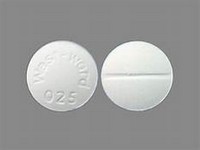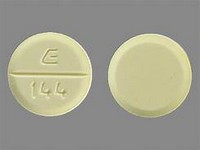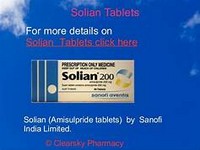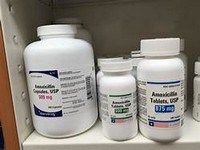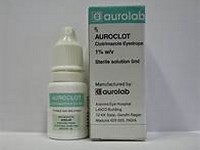Acarbose
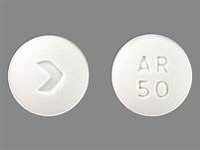
Acarbose
CLINICAL USE
Antidiabetic agent
DOSE IN NORMAL RENAL FUNCTION
50–200 mg 3 times a day
PHARMACOKINETICS
Molecular weight :
645.6
%Protein binding :
15
%Excreted unchanged in urine :
1.7 (35% including
inactive metabolites)
Volume of distribution (L/kg) :
0.32
half-life – normal/ESRD (hrs) :
3–9/Increased
DOSE IN RENAL IMPAIRMENT
GFR (mL/MIN)
25–50 Dose as in normal renal function
10–25 Avoid
<10 :
Avoid
DOSE IN PATIENTS UNDERGOING RENAL REPLACEMENT THERAPIES
CAPD :
Unknown dialysability. Avoid
HD :
Unknown dialysability. Avoid. See
‘Other Information’
HDF/high flux :
Unknown dialysability. Avoid. See
‘Other Information’
CAV/VVHD :
Unknown dialysability. Avoid
IMPORTANT DRUG INTERACTIONS
Potentially hazardous interactions with other drugs
Antibacterials: hypoglycaemic effect
possibly enhanced and increased
gastrointestinal side effects with neomycin
Lipid lowering agents: hypoglycaemic
effect possibly enhanced by colestyramine
ADMINISTRATION
Reconstition
–
Route
Oral
Rate of Administration
–
Comments
OTHER INFORMATION
Only 1–2% of active drug is absorbed
In renal impairment, peak concentrations
are 5 times higher than in the general
population and the AUC is 6 times higher
One paper records the use of acarbose
in a haemodialysis patient who had
undergone a total gastrectomy to treat
oxyhyperglycaemia: using a dose of
100 mg before meals.
with food
See how to identify renal failure stages according to GFR calculation
See how to diagnose irreversible renal disease
Home

